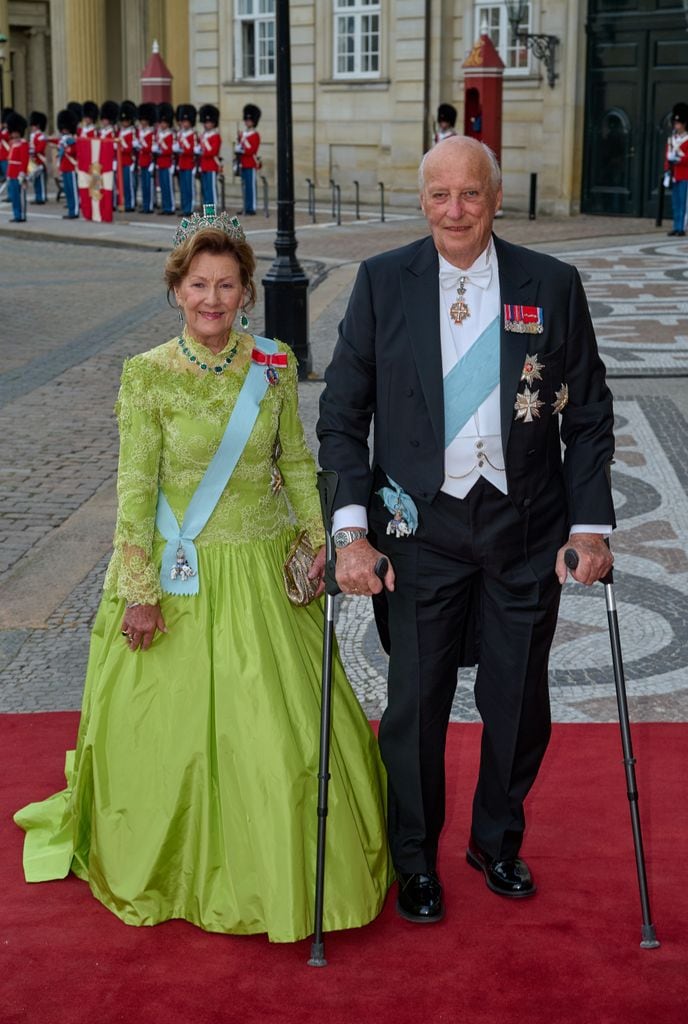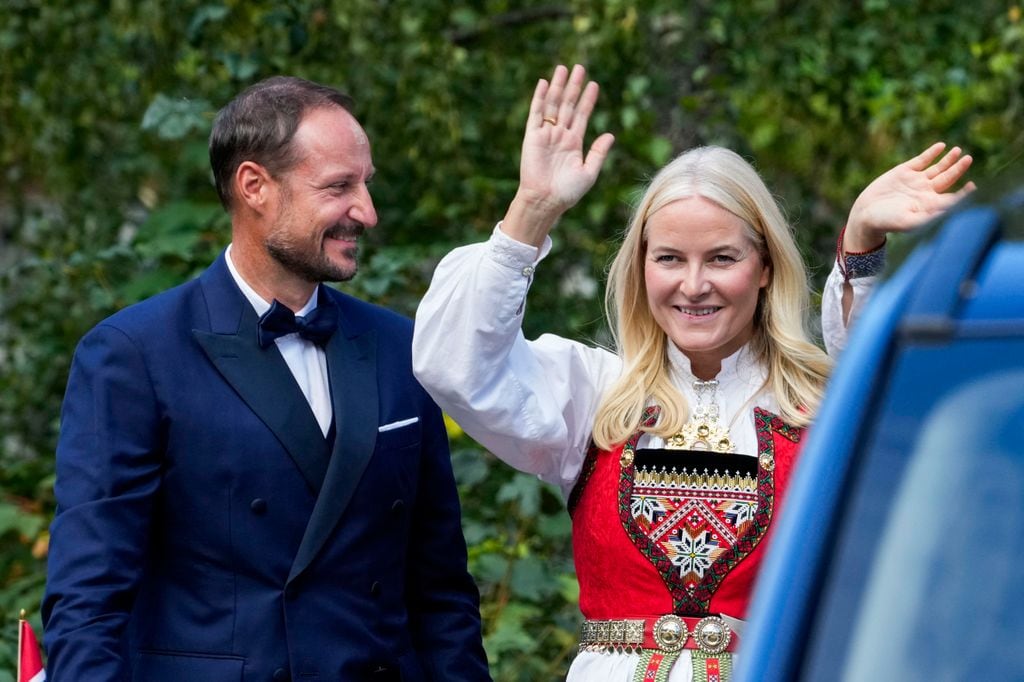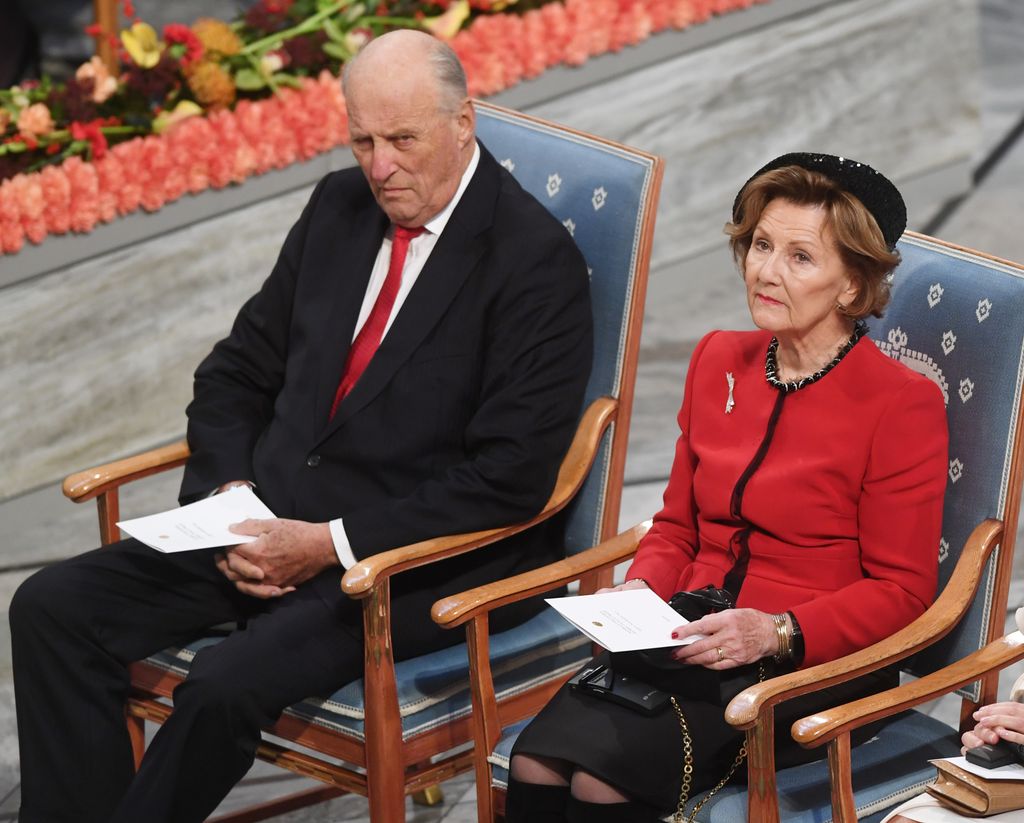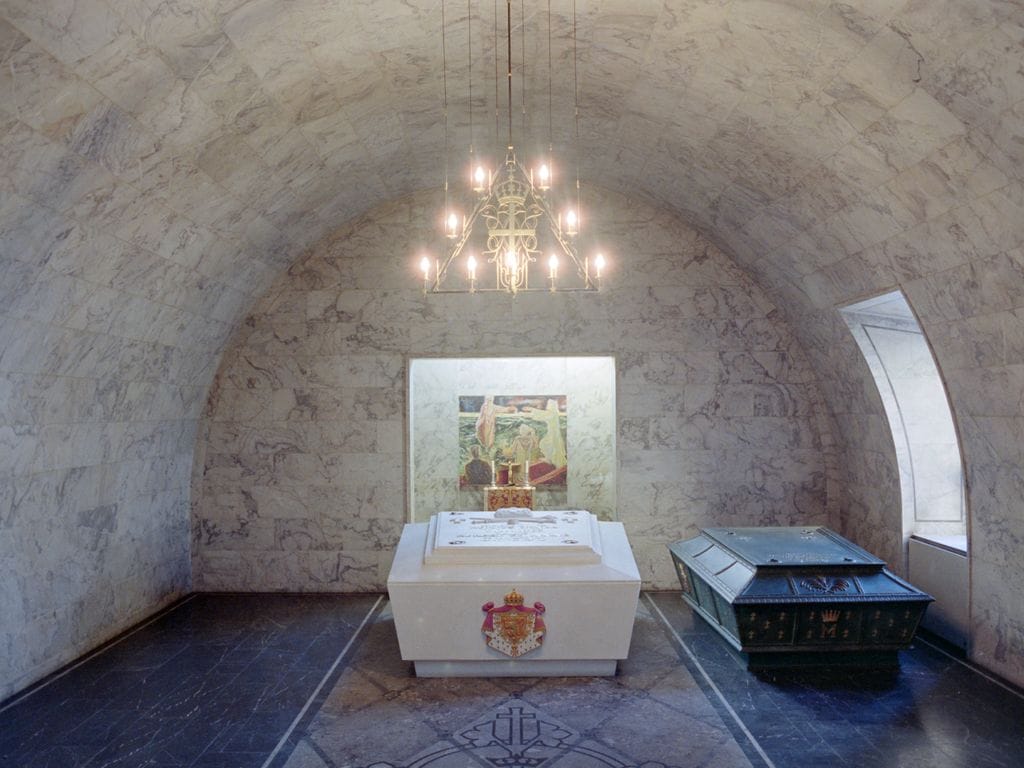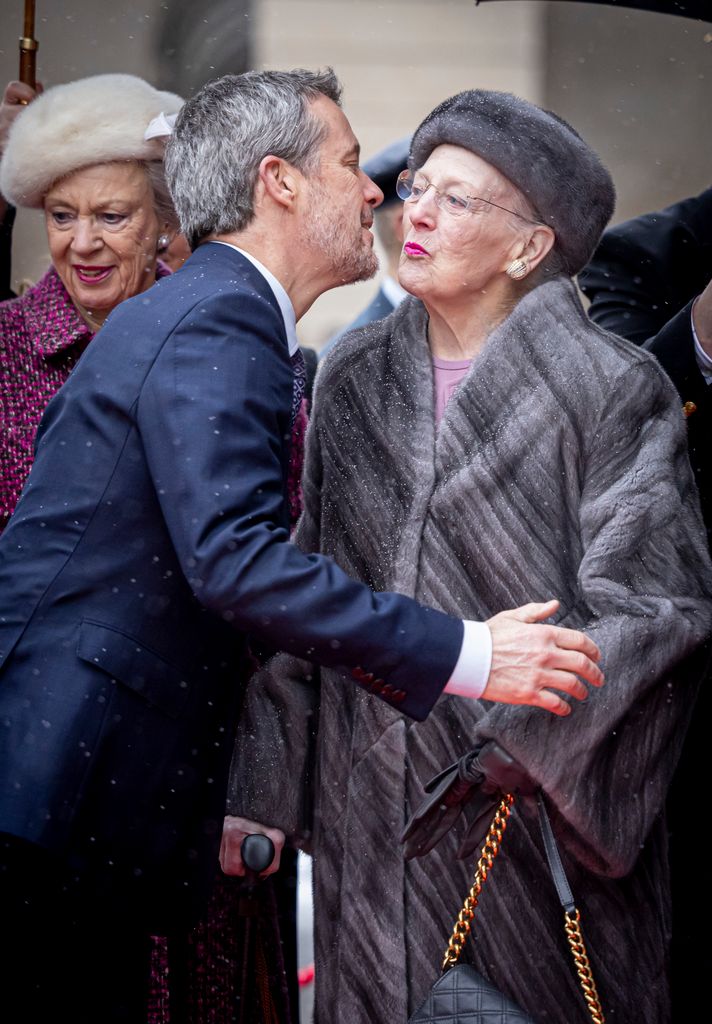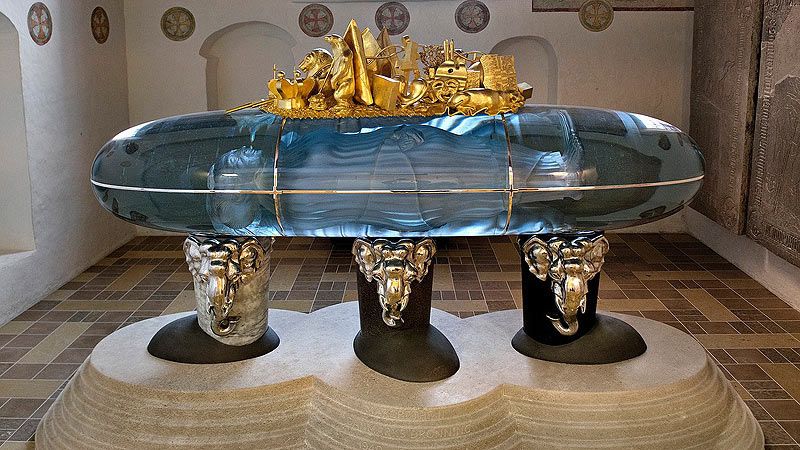The budget that Kings Harald and Sonia have for what will be their royal tombs is already known: a total of 20 million Norwegian crowns (1,715,053.40 euros). That is the exact allocation that the Nordic executive gives them within the general allocation that the State dedicates each year to the representatives of the monarchy, as reported in the local media. V.G..
In total, the government programs an expenditure of 316.8 million crowns (€27,092,845.40) for the royal family and the maintenance and operation of the royal palace during 2025, which represents 800,000 crowns (€68,597.60) more than the previous year. In addition, an allocation of 12.9 million crowns (1,105,942.80) is proposed for the wife of Crown Prince Haakon, his wife Mette-Marit of Norway, which translates into 600,000 more crowns (51,438.96 euros) that in this 2024.
For the design and manufacture of the Kings’ sarcophagi, the prestigious architecture, landscape and interior design studio Snøhetta has been trusted, which already has the first sketches. The tombs, which will be arranged in the royal funerary chapel of Akershus Castle (Oslo), will serve for the eternal rest of Harald (87 years old) and Sonia (87) when they die.
The royal mausoleum and sarcophagi
All members of the Nordic royal house are buried in the royal mausoleum, inaugurated in 1949, in the aforementioned fortress. Today, the remains of King Haakon VII and Queen Maud, King Olav V and Crown Princess Märtha rest there. The funerary chapel was designed by the architect Arnstein Arneberg in 1939 and built next to the castle church. It is made of limestone and covered with marble inside.
It currently contains two double sarcophagi. The first is white and is decorated with the royal coat of arms, the crown, names and dates. Queen Maud died in 1938 but, due to the German invasion of 1940 during World War II, her coffin was not brought to its final resting place until December 1949. King Haakon VII, for his part, was buried on 1 October 1957.
On the right, King Olav and his wife Princess Märtha lie in a dark green bronze tomb. After Olav of Norway’s burial at Oslo Cathedral on January 30, 1991, his oak coffin was taken to Akershus Castle Church for a private memorial service. After the mass, he was transferred back to the mausoleum and placed in the sarcophagus with his wife.
The Norwegian royal family regularly visits this funerary chapel, on the occasion of the anniversaries of the deaths of their ancestors, to honor and remember them. At the same time, the mausoleum can be seen in person as part of the Akershus Castle sightseeing tours.
The original tomb of Margaret of Denmark
It was in the spring of 2018 when we learned that Margaret of Denmark had been preparing the place where she would receive sacred burial after her death for years. Then, the people in charge of finishing the work finished installing the tomb, which was completely covered and closed. It will no longer be opened until the time of the former monarch’s burial.
The construction of the sarcophagus began in 2003 and seven years later the cenotaph project was presented. King Frederick’s mother chose the materials and launched the final phase, for which she did not even hesitate to request the services of a documentary director, Pavel Stingl, who recorded the development of the entire work in a film called Sarcophagus of a queen.
The final process took place in St. Birgitte’s Chapel, in the northern part of Roskilde Cathedral. The temple, located 30 kilometers from Copenhagen, is the place chosen to house Margaret’s remains, as has happened throughout history with those of nearly 40 kings and queens of Denmark.
This tomb includes modern art materials such as glass, it is more than three meters long and weighs seven tons. The capsule rests on three columns of Danish granite, Faroese basalt and Greenland marble. At the top, the heraldry and other symbols stand out in gilded bronze, while the elephant heads that protrude from the pillars are molded in silver.



